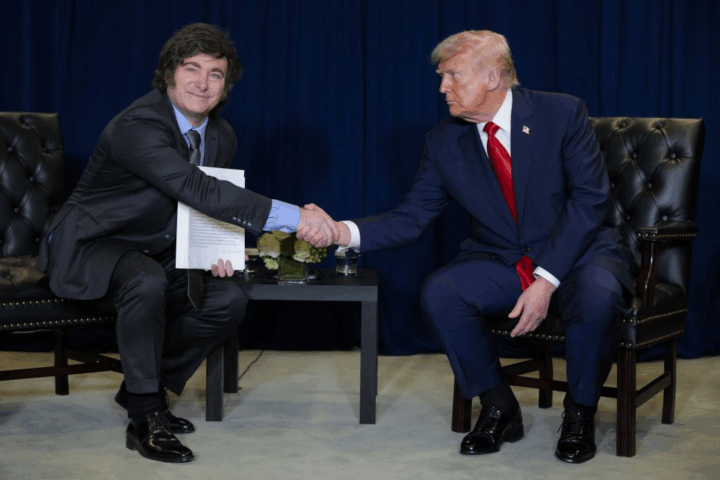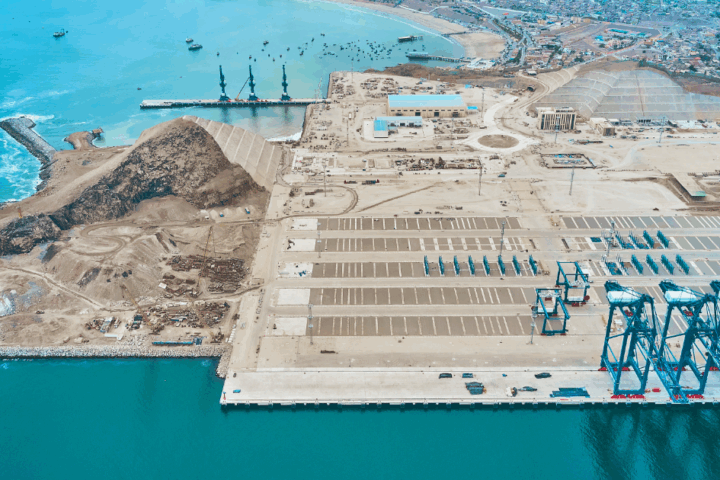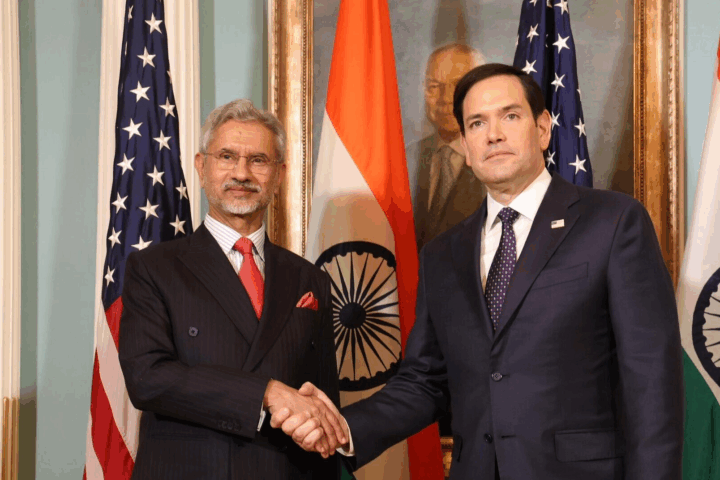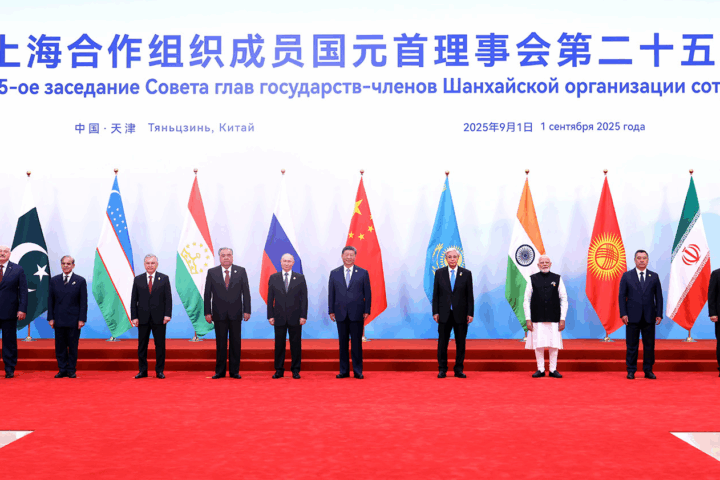In an era defined by shifting geopolitical fault lines and mounting pressures on the global trading system, the deepening partnership between Brazil and India represents a powerful affirmation of South–South cooperation. As Indian Prime Minister Narendra Modi visits Brasília for the 17th BRICS Summit and holds a state meeting with President Luiz Inácio Lula da Silva, the two democracies stand poised to redefine what it means for emerging economies to chart their own course. Their alliance—rooted in shared experience, complementary strengths, and a common vision for reform—is rapidly expanding from diplomatic symbolism into tangible collaboration across trade, defense, technology, energy, and global governance. This op-ed offers a data-driven evaluation of why the Brazil–India axis matters not only to its participants, but to a broader Global South seeking a multipolar world order.
From Diplomatic Courtesy to Strategic Partnership
Brazil and India first established diplomatic relations in 1948, bonding over parallel struggles for postcolonial identity, democratic governance, and inclusive development. Yet, for much of the Cold War, their interactions remained largely ceremonial, restrained by geography and divergent economic paths. It was only with the end of bipolar rivalry—coupled with rapid industrialization in both capitals—that a strategic dialogue took shape.
Institutional mechanisms followed. The Strategic Dialogue, helmed by national security advisers, and the Trade Monitoring Mechanism (TMM) provided forums to address security and commercial friction points. The Joint Defence Committee, ratified in 2006, underscored mutual interest in military cooperation. And business leaders on both sides have convened regularly through the India-Brazil Business Leaders Forum—a testament to private-sector excitement about the opportunities within this alliance. Further, both countries found shared purpose in multilateral platforms such as BRICS, IBSA, the G20, the International Solar Alliance, and the Global Biofuels Alliance.
These institutional underpinnings have matured at a critical moment: as global governance structures face gridlock, Brazil and India—together representing more than 300 million middle-class consumers—are leveraging their combined weight to advocate for rules that acknowledge the realities of emerging markets.
Trade and Investment: Figures That Tell a Story
The most quantifiable measure of the partnership’s ascent lies in trade. Between 2019–20 and 2023–24, bilateral trade expanded from USD 8.04 billion to USD 12.23 billion, at a compound annual growth rate of 14.8 percent. Indian exports climbed steadily—growing at roughly 11 percent per annum—while imports from Brazil surged at over 19 percent annually. Though total trade dipped slightly to USD 12.20 billion in 2024–25, the underlying trend remains upward, buoyed by diversification in goods and services.
| Year | Total Trade (USD Billion) | Indian Exports (USD Billion) | Indian Imports (USD Billion) |
|---|---|---|---|
| 2019-20 | 8.04 | 3.97 | 3.07 |
| 2020-21 | 7.25 | 4.24 | 3.01 |
| 2021-22 | 12.20 | 6.49 | 5.71 |
| 2022-23 | 16.59 | 9.92 | 6.67 |
| 2023-24 | 12.23 | 6.02 | 6.21 |
| 2024-25 | 12.20 | 6.77 | 5.43 |
- India’s exports to Brazil (2024–25) feature high-value manufactures: processed petroleum products (notably diesel), agro-chemicals, pharmaceuticals, engineering goods, and high-end textiles.
- Conversely, Brazilian exports to India emphasize commodities critical for India’s energy and food security: crude oil, soya oil, sugar, cotton, wood by-products, and iron ore concentrates.
A snapshot of December 2024 trade underscores this complementarity: India shipped USD 581 million worth of goods to Brazil (up 27.1 percent year-on-year), led by agro-chemicals and auto components, while Brazilian shipments of crude petroleum and sugar to India totaled USD 561 million (though this represented a 27.2 percent YoY decline, reflecting volatility in global commodity prices).
Investment flows mirror these trade patterns. Indian investors have deployed at least USD 6 billion (some estimates up to USD 8 billion) into Brazilian sectors such as oil & gas, pharmaceuticals, and IT services. Major names like ONGC Videsh, Tata Motors, Infosys, and Wipro have sizable footprints in Brazil. Meanwhile, Brazilian firms such as Embraer, Vale, and Stefanini are carving niches in India, collectively investing around USD 1 billion. These two-way capital flows attest to mutual confidence in each other’s markets—and set the stage for deeper industrial partnerships.
Forging Defense and Security Ties
Perhaps the most striking evolution in the bilateral relationship is in defense. Once peripheral, security cooperation is now central. Brazil’s armed forces have publicly expressed interest in acquiring Indian-made systems:
- Akash surface-to-air missiles, tested successfully in recent field exercises.
- Garuda artillery guns and offshore patrol vessels tailored for Brazil’s extensive coastline.
- Secure battlefield communications and potential maintenance pacts for India’s Scorpene-class submarines based at Brazil’s naval installations.
Under the oversight of the India-Brazil Joint Defence Committee, both sides have held multiple high-level meetings. At the 9th Joint Commission in August 2024, defense, space, and technology were declared priority areas—a clear signal of Brazil’s willingness to purchase, co-develop, and even co-produce Indian systems. Embraer’s expansion into India, competing for Air Force contracts and exploring joint manufacturing of control systems, exemplifies the reciprocal nature of this security synergy.
The implications are profound: as both capitals face increasingly sophisticated threats—ranging from maritime security to cyber warfare—this cooperation is not mere procurement, but a foundation for a shared strategic culture.
Energy Transition, Climate Action, and Technological Innovation
Beyond traditional sectors, Brazil and India are aligning on global challenges: energy security and climate change. Both nations are founding members of the Global Biofuels Alliance and signed an MOU on bioenergy cooperation in 2020. Brazil’s world-leading ethanol sector dovetails with India’s ambitious target of 20 percent ethanol blending by 2025, signaling cost savings and emissions reductions for both.
Joint initiatives spotlight this synergy:
- The India-Brazil Clean Cooking Ministerial in February 2025 set a roadmap for universal access to clean stoves—vital both for public health and forest conservation in India’s rural hinterlands.
- The Brazil–India Climate Dialogue in April 2025 convened legislators and business leaders to forge a “Green Partnership,” focusing on renewable power cost reduction, green hydrogen, waste-to-energy solutions, and pilot “innovation hubs” in both countries.
Science & technology cooperation is also intensifying. Digital agriculture—leveraging AI for crop monitoring—can boost yields on Brazil’s cerrado and India’s Deccan plateau alike. Pending ICAR-EMBRAPA agreements promise joint research on drought-resilient varieties. In the industrial sphere, digital public infrastructure sharing (from e-health platforms to fintech rails) offers both countries a chance to leapfrog older models of development.
Agriculture, Food Security, and Rural Development
Trade in agro-inputs and primary commodities underscores another dimension: global food security. India’s exports of agro-chemicals and farm machinery support Brazil’s farmers. Conversely, Brazil’s shipments of soya oil, sugar, and cotton address India’s massive dietary and textile markets. Negotiations to open Indian markets for Brazilian citrus and Brazilian markets for Indian sorghum and rapeseed illustrate the complexity of phytosanitary regulations—but also the potential for mutually beneficial outcomes.
Collaborative R&D holds promise: with similar tropical and subtropical climatic zones, sharing data on pest control, water-usage optimization, and precision irrigation could raise productivity for smallholders on both continents. Such efforts not only reinforce economic ties, but also contribute to global efforts to feed a population projected to exceed 9 billion by 2050.
Steering Global Governance
In multilateral forums—from BRICS to the G20 and the International Solar Alliance—Brazil and India have increasingly acted in tandem to press for reforms. They advocate:
- UN Security Council expansion, bringing permanent seats for emerging powers.
- Climate finance mechanisms that better serve developing countries.
- Inclusive digital governance and fairer trade rules for non-OECD members.
India’s upcoming BRICS presidency in 2026—alongside Brazil’s role as COP 30 host—offers a unique opportunity. Coordinated leadership could produce landmark declarations on climate adaptation funding, biofuel scaling, and digital public goods. It would also solidify the notion of the Global South as a proactive agenda-setter, not merely a reactive block.
Cultural Diplomacy and People-to-People Bonds
No strategic partnership can endure without forging emotional and cultural connections. Here too, Brazil and India find common ground:
- Bollywood is a fixture in Rio de Janeiro cinemas, while Brazilian samba and bossa nova resonate in Kolkata and Mumbai jazz clubs.
- Academic exchanges are flourishing: joint doctoral programs in climate science and joint workshops on quantum computing reflect the breadth of intellectual collaboration.
- Tourism is on the upswing; direct flights between São Paulo and Delhi, inaugurated in late 2023, have cut travel time and spurred leisure and business trips.
These ties deepen mutual understanding, build networks across civil society, and create constituencies in both countries with a vested interest in sustaining the partnership.
Challenges on the Horizon
Despite these advances, obstacles remain:
- Trade Imbalances & Market Access
While total trade has grown robustly, both sides have experienced periods of imbalance. India slipped into a slight deficit in 2023–24, and tariff/non-tariff barriers—particularly in agriculture—persist. Addressing these will require more agile TMM mechanisms and political will to tackle protectionist impulses. - Defense Technology Transfer
Negotiating the fine print on intellectual property, co-production agreements, and offset obligations has proven slower than anticipated. Clearer frameworks for joint ventures—perhaps modeled on Brazil’s Embraer-Lockheed collaboration—could accelerate progress. - Energy & Regulatory Alignment
Harmonizing standards for biofuels, electric vehicle charging, and green hydrogen infrastructure demands sustained regulatory dialogue. Both parliaments must pass complementary legislation to unlock private-sector capital at scale. - Infrastructure & Connectivity
The sheer geographical distance between South America and South Asia imposes logistic constraints. While digital connectivity eases knowledge exchange, physical freight costs remain high. Exploring maritime corridors—via West Africa, for instance—could mitigate this challenge over the long term.
Charting a Comprehensive Strategic Partnership
Looking ahead, the Brazil–India alliance is poised for transformative growth:
- Trade Target: Both governments have set an ambitious goal of USD 20 billion in annual bilateral trade within the next five years. Achieving this will hinge on diversifying high-tech exports, lowering barriers to services trade, and streamlining customs procedures.
- Energy & Climate: Leveraging leadership in the Global Biofuels Alliance, Brazil and India can champion next-generation sustainable aviation fuels and green hydrogen—sectors where both possess nascent competitive edges.
- Defense Co-development: With Brazil’s aerospace prowess and India’s thriving defense-tech ecosystem, joint ventures for UAVs, radar systems, and naval platforms could emerge as flagship projects.
- Global South Leadership: Coordinated initiatives at BRICS, COP 30, and beyond can position the alliance as a credible alternative to traditional power blocs—championing a rules-based order that accounts for developing-country perspectives.
Success, however, will require more than lofty declarations. It will demand continuous engagement at ministerial and working-group levels, deeper involvement from the private sector, and proactive cultural diplomacy to sustain public support. Equally important is the capacity to measure progress with hard metrics—trade data, joint patents filed, co-authored research publications, defense-industry contracts signed—and to publicly celebrate achievements.
Looking Ahead
The Brazil–India partnership exemplifies the promise of South–South cooperation in the 21st century: driven less by nostalgia for ideological solidarity and more by pragmatic alignment of economic, security, and technological interests. As two of the world’s largest emerging democracies, they share a stake in reshaping global governance, combating climate change, and charting inclusive development models. From robust trade in refined petroleum to joint efforts on biofuels, from defense procurement to cultural exchange, the tapestry of cooperation is richer today than ever before.
The Indian Prime Minister’s visit to Brasília is therefore more than ceremonial—it is a clarion call for a multipolar world anchored in partnership rather than patronage. If Brazil and India can convert their joint declarations into concrete outcomes—and surmount the inevitable frictions of any complex alliance—they will not only secure greater prosperity and security for their own peoples, but also blaze a trail for other Global South nations seeking a collective voice on the world stage. In a time of global uncertainty, that is a vision worth championing.










